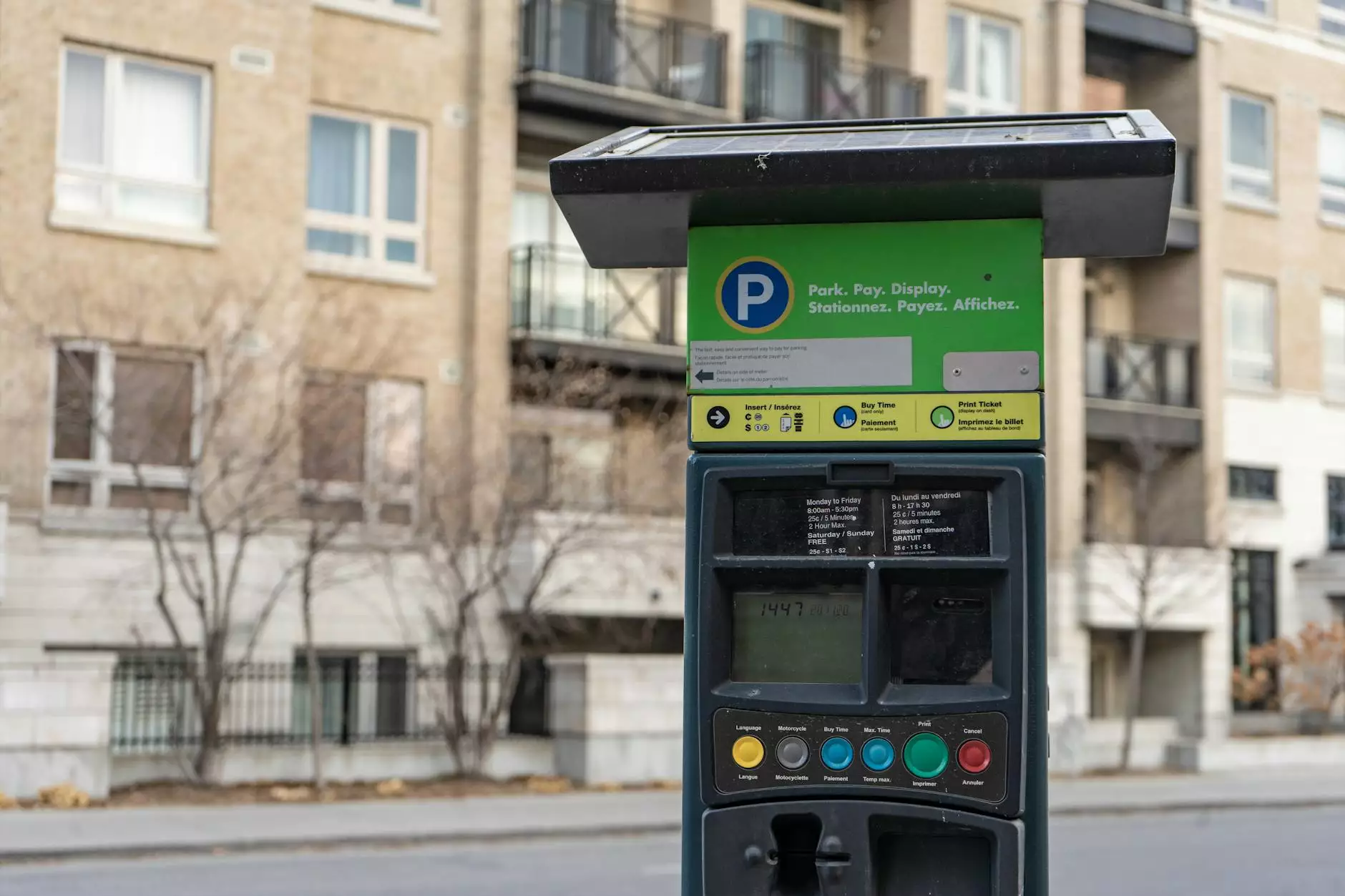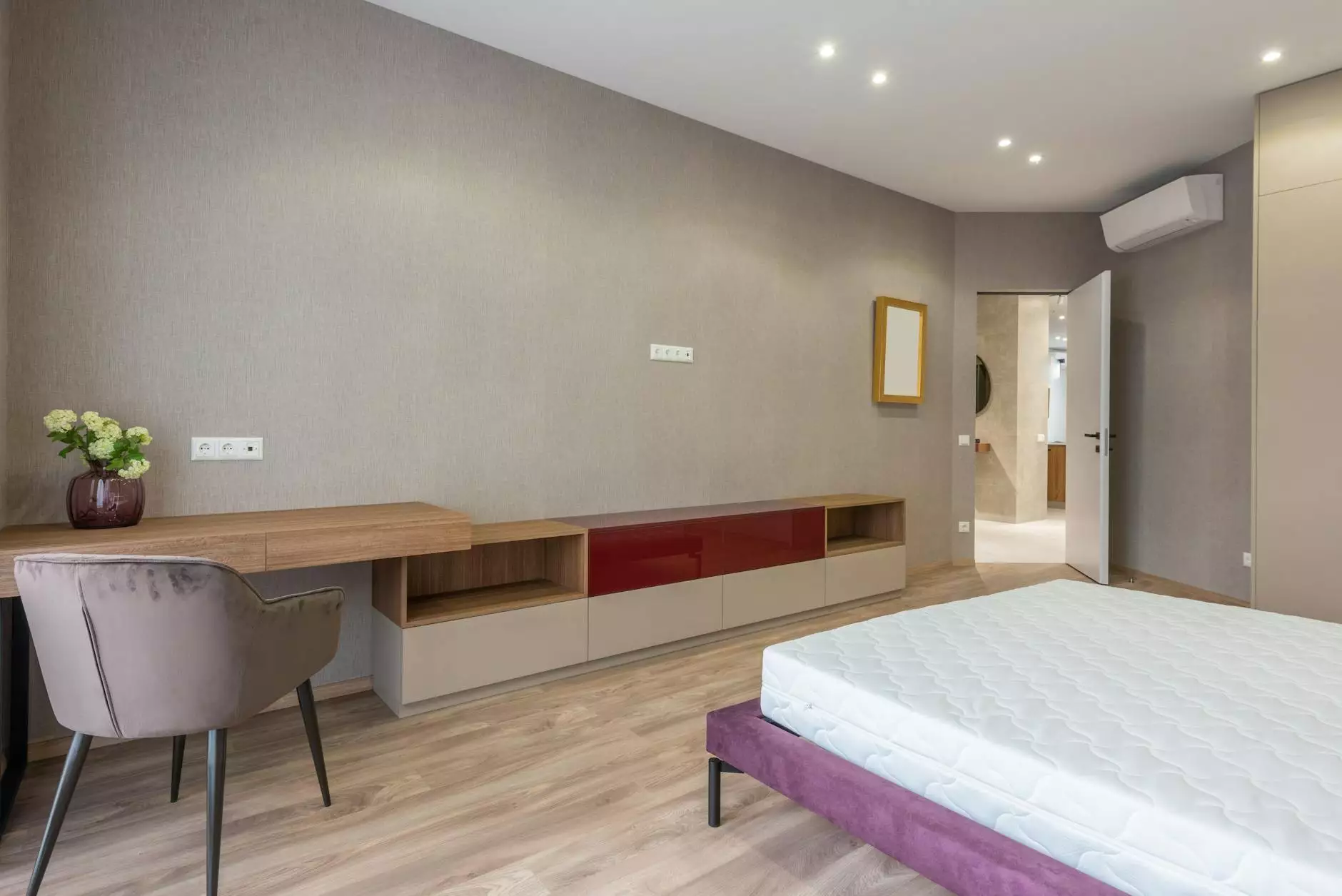Homeoblock vs Invisalign: A Comprehensive Comparison

In today's world, maintaining a perfect smile isn't just about aesthetics; it's about overall health and confidence. When it comes to achieving that ideal smile, two popular options have emerged: Homeoblock and Invisalign. This article will provide an in-depth examination of Homeoblock vs Invisalign, breaking down their differences, pros and cons, and who can benefit most from each treatment.
What is Homeoblock?
Homeoblock is a revolutionary natural treatment that employs a removable orthotic device to promote proper dental alignment, jaw development, and overall facial aesthetics. Unlike traditional orthodontics, Homeoblock focuses on stimulating growth and improving the natural position of the teeth and jaws.
How Homeoblock Works
The Homeoblock device is custom-fitted to the patient’s mouth. It gently applies pressure not only to teeth but also to the underlying bone and soft tissues. This encourages the development of the upper jaw, expands the dental arches, and optimizes the bite. The goal is to create a harmonious balance between the facial structure and the teeth.
What is Invisalign?
Invisalign is a widely recognized orthodontic treatment that utilizes a series of clear aligners to gradually shift teeth into their desired position. These aligners are virtually invisible, making them a popular choice among adults and teenagers who seek a discreet way to improve their smile.
How Invisalign Works
Invisalign treatment begins with a comprehensive consultation, where the dentist takes impressions and develops a personalized treatment plan. Patients then wear a series of custom-made aligners that they switch out every one to two weeks. Each aligner slightly adjusts the position of the teeth until the desired outcome is achieved.
Key Differences Between Homeoblock and Invisalign
While both methods aim for improved dental alignment, their approaches differ significantly. Below, we breakdown the major distinctions:
- Treatment Philosophy: Homeoblock focuses on natural growth and jaw alignment, while Invisalign uses a gradual shifting mechanism.
- Device Type: Homeoblock is a single orthodontic device, whereas Invisalign involves multiple sets of aligners.
- Age Appropriateness: Homeoblock is often recommended for children and growth-age individuals, while Invisalign is suitable for teens and adults.
- Bone and Soft Tissue Stimulation: Homeoblock emphasizes bone development and soft tissue adaptation, which can be particularly beneficial for patients with underdeveloped jaws.
- Cost Factors: Both treatments vary in cost depending on complexity, but traditional orthodontic treatments like braces may sometimes be more affordable than Homeoblock.
Pros and Cons of Homeoblock
Understanding the benefits and limitations of Homeoblock can help patients make informed choices.
Pros of Homeoblock
- Non-Invasive: Minimal interaction with existing teeth.
- Natural Growth Stimulation: Encourages bone and jaw development.
- Comfortable Fit: Designed for ease of wear, tailored to individual needs.
- Improved Facial Aesthetics: Promotes balance between facial features.
Cons of Homeoblock
- Time-Consuming: Treatment duration may be longer than traditional methods.
- Requires Commitment: Patients must wear the device consistently for effective results.
- Limited Availability: Not all dental practitioners offer this treatment.
Pros and Cons of Invisalign
Similarly, evaluating the benefits and potential drawbacks of Invisalign is essential.
Pros of Invisalign
- Discreet Appearance: Clear aligners are nearly invisible.
- Removability: Aligners can be taken out for eating and oral hygiene.
- Comfortable: Smooth plastic material reduces irritation.
- Technological Integration: Uses advanced 3D imaging for precise treatment planning.
Cons of Invisalign
- Compliance Required: Must wear aligners for at least 22 hours a day for optimal results.
- Not suitable for severe cases: May not be effective for complex orthodontic issues.
- Potential for Cost Increase: Additional treatments may be necessary, increasing overall cost.
Cost Considerations for Homeoblock and Invisalign
The financial aspect of dental treatments is crucial for patients. Both Homeoblock and Invisalign have varying costs, often determined by treatment length and complexity.
- Homeoblock: Generally ranges from $3,000 to $5,000 depending on the complexity of the case and geographical location.
- Invisalign: Typically costs between $3,000 and $8,000 with additional fees for refinements or replacements of aligners.
Who is the Right Candidate?
Choosing between Homeoblock and Invisalign depends heavily on individual needs, age, and specific dental conditions.
Ideal Candidates for Homeoblock
- Children and adolescents experiencing growth phases.
- Patients with underdeveloped jaws.
- Individuals seeking comprehensive facial balance.
Ideal Candidates for Invisalign
- Teens and adults seeking a discreet orthodontic solution.
- Individuals with mild to moderate misalignment.
- Patients who commit to wearing aligners consistently.
Final Thoughts: Choosing Between Homeoblock and Invisalign
Both Homeoblock and Invisalign present unique advantages, making them suitable for different patient needs. To choose the best option, it is crucial to consult with a qualified dental professional who can evaluate your specific case, thoroughly discuss your goals, and provide personalized recommendations. In doing so, you will be one step closer to achieving the smile you’ve always wanted.
Consulting with Dental Professionals
At Umedadds.com, we specialize in General Dentistry, Cosmetic Dentistry, and have experienced dentists ready to guide you through your orthodontic journey. Our team can provide tailored advice regarding Homeoblock vs. Invisalign based on your unique dental profile. Whether you are considering these treatments for yourself or a loved one, the first step is to reach out for a consultation to set you on the path to a healthier, more confident smile.









